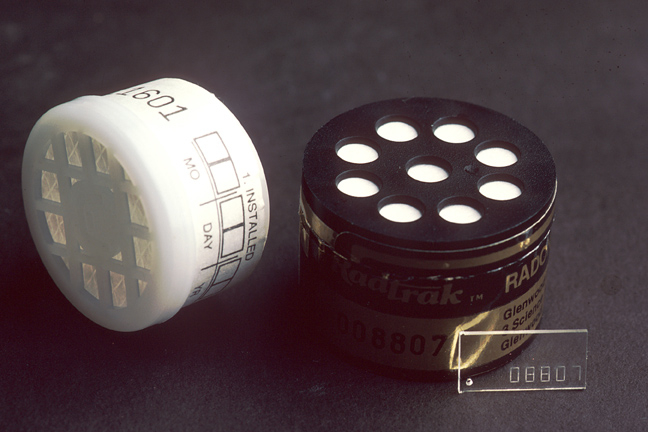Radon gas is odorless, colorless and tasteless. In other words, there’s absolutely no way to discover its presence – or whether or not there’s a problem in your home – unless you test specifically for it. As it so happens, now is the best time of year to conduct a short term test. If you haven’t already, test for radon in your home.
You Should Test for Radon
 We recommend testing your home twice a year: once in the summer and another time in the winter. Since summer is almost over, you better get moving if you want to make the ideal testing period. If you discover elevated levels in your home while doing a short term test, it’s time to move on to a long term test. Long term tests will help you better identify the average levels in your home, whereas short term tests are more of a quick solution. Of course, you could always hire a certified radon professional to come test for radon in your home for you. Some of them even have portable equipment and printers to present the test results on site.
We recommend testing your home twice a year: once in the summer and another time in the winter. Since summer is almost over, you better get moving if you want to make the ideal testing period. If you discover elevated levels in your home while doing a short term test, it’s time to move on to a long term test. Long term tests will help you better identify the average levels in your home, whereas short term tests are more of a quick solution. Of course, you could always hire a certified radon professional to come test for radon in your home for you. Some of them even have portable equipment and printers to present the test results on site.
Why are Summer and Winter Seasons a Good Time to Test for Radon?
Believe it or not, the radon levels inside a residence can be influenced by environmental conditions such as the weather, temperature and more. That is why you are not supposed to conduct radon tests during times of extreme weather, such as during a hurricane. It can affect the outcome. In addition, you are supposed to close all your windows and doors to isolate the air samples. Logically, most people would think radon levels will go down if the doors and windows are open since the inside air is venting outside however sometimes it can have the opposite effect.
That is exactly why we recommend testing during the winter and summer. During those two seasons people are more likely to remain indoors, and therefore that means the doors and windows stay closed more often. There are always exceptions to the rule and every family is different. Who knows, you may leave the home more during these two seasons than others. That doesn’t change the fact that Winter and Summer are the best seasons to test for radon.
After You Test for Radon
If you conduct a test and the levels are found to be below 4.0 pCi/L then you don’t have to worry so much. Although, we recommend taking action if the level is at – or above – 2.0 pCi/L.
If the levels are elevated, you need to get in touch with certified radon mitigation professional. They will be able to test your home – if necessary – and ensure levels are high, and they can also install a mitigation system. Depending on your home, and how it has been built you might need a certain type of mitigation system.
A radon mitigation system will ventilate the home and drain the radon gas, pushing it outside the home. Don’t worry, radon vents are generally located near the roof of the home, far away from ground level. This prevents anyone from coming into contact with the ventilation area and large concentrations of radon.
If you’d like to know more information about the dangers associated with radon, and why it’s so harmful head on over to our resource page.


